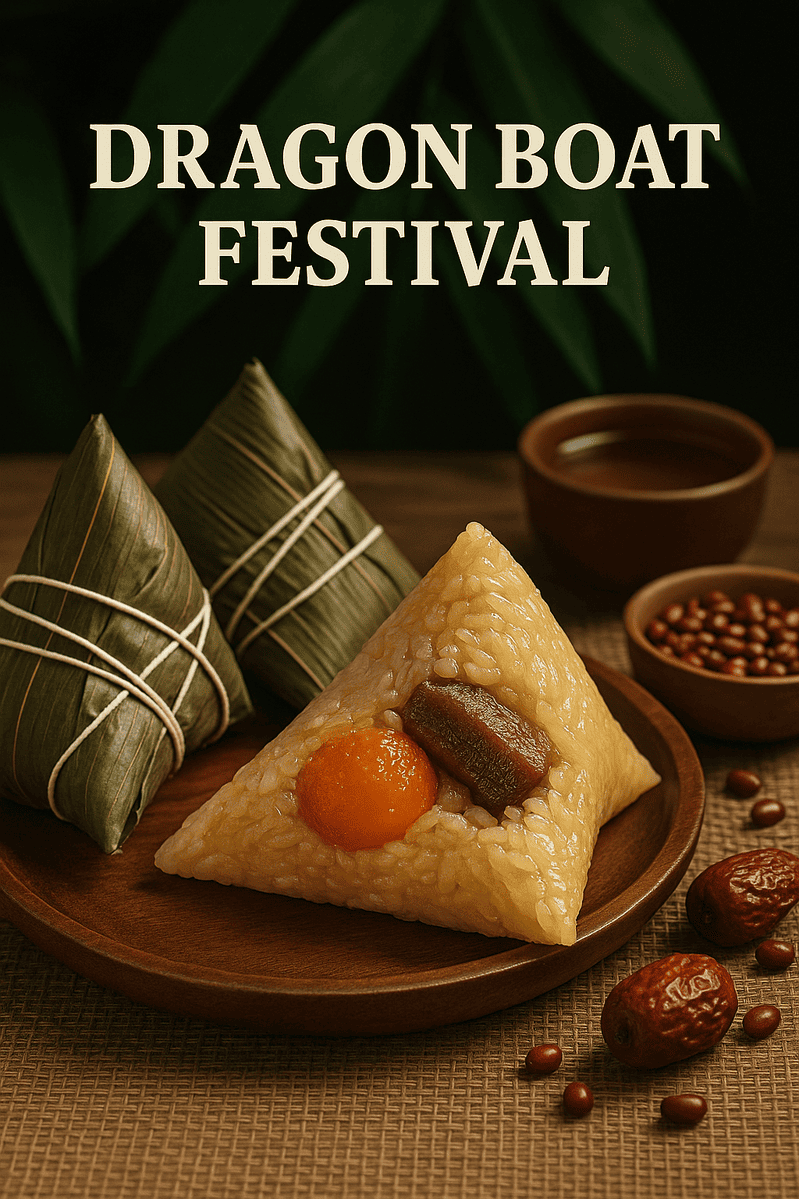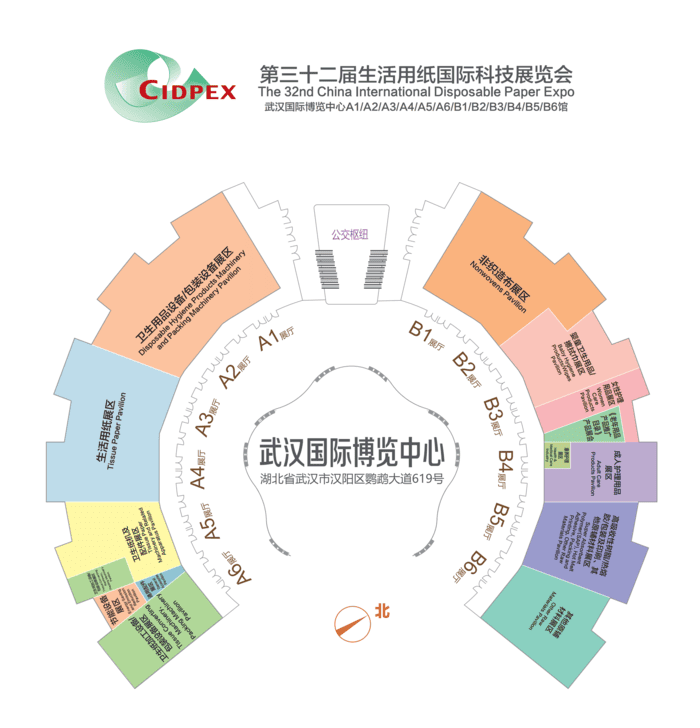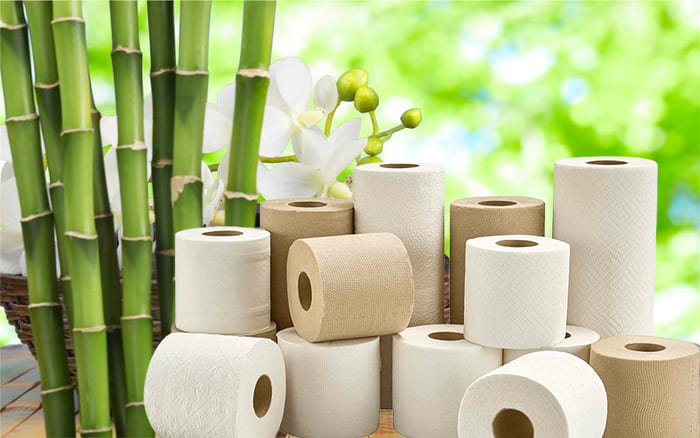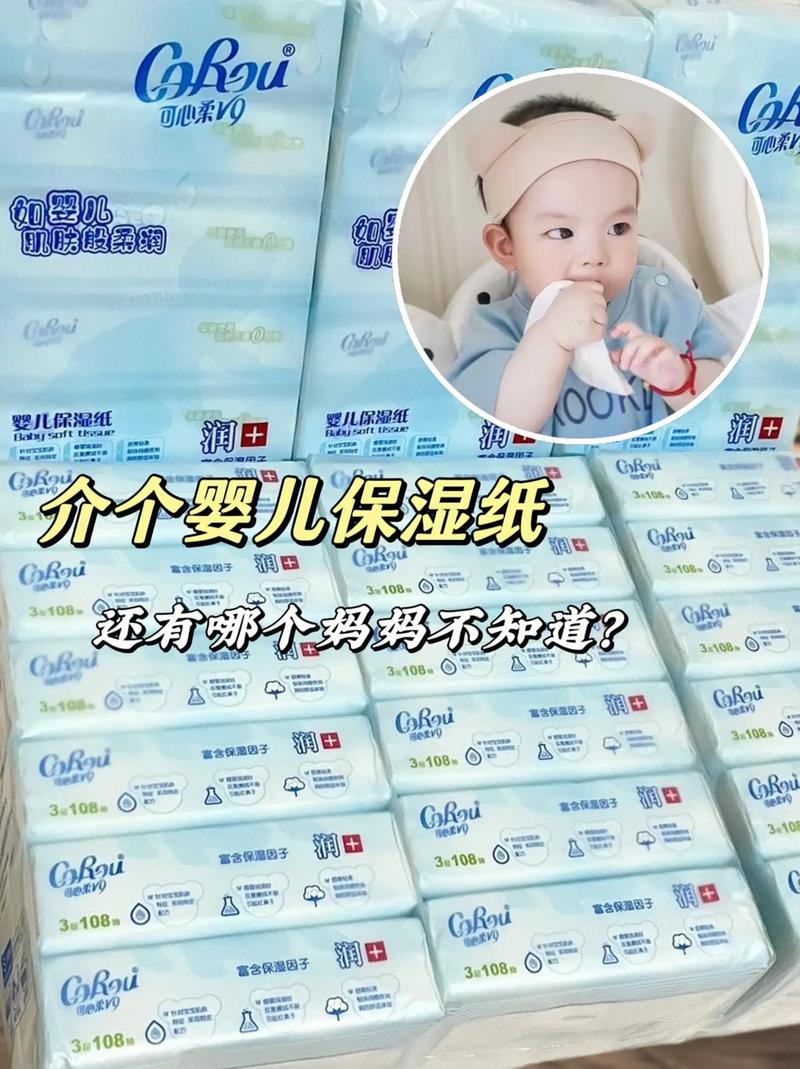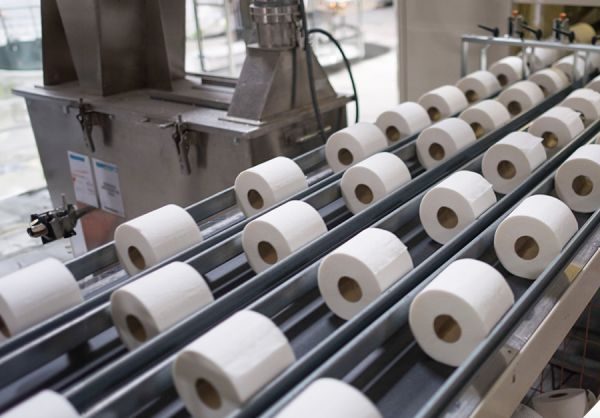What’s the Difference Between Pure Wood Pulp, Virgin Pulp, and Virgin Wood Pulp Toilet Paper?
Do you pay attention to the raw materials of toilet paper when you buy it?
Typically, the main raw materials for household paper are wood pulp, grass pulp, and recycled paper pulp. However, merchants usually don’t print terms like “grass pulp” or “recycled pulp” on the packaging, opting instead for more confusing names, especially those including the term “wood pulp.”
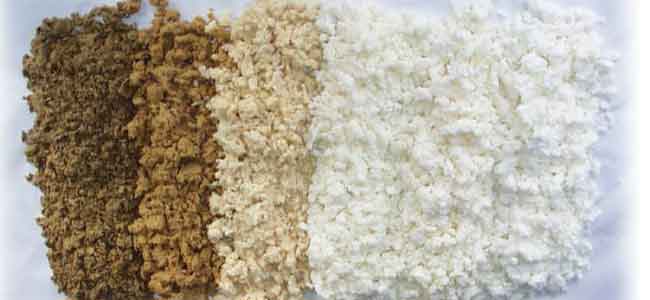
1. Is “Wood Pulp” Real Wood Pulp?
“Virgin wood pulp,” “pure wood pulp,” and “virgin pulp” are very similar names, but they are entirely different despite having only a one-word difference.
❶ Virgin Wood Pulp
“Virgin wood pulp” refers to pulp made from completely natural wood. This is the highest quality type of toilet paper and usually the most expensive. The production process for virgin wood pulp involves several stages, including debarking, chipping, and chemical pulping, which helps retain the natural fibers’ strength and quality. The use of virgin wood pulp ensures a softer, more durable, and more absorbent product, often seen in premium toilet paper brands.
❷ Virgin Pulp
“Virgin pulp” refers to pulp derived from natural plant fibers, typically grass pulp or a mix of grass and wood pulp. Virgin pulp can come from a variety of sources, such as sugarcane bagasse, bamboo, or wheat straw. These alternative fibers are becoming more popular due to their sustainability and lower environmental impact. The demand for virgin pulp is growing, especially in regions where environmental regulations are stringent, promoting the use of non-wood fibers in papermaking.
❸ Pure Wood Pulp
“Pure wood pulp” is a misleading term. It emphasizes that the pulp is 100% derived from wood. However, this name only stresses the component being pure wood fiber, which could very well be recycled pulp made from “virgin wood pulp” paper. The recycling process for pure wood pulp involves de-inking, cleaning, and re-pulping the fibers. Although this process helps reduce waste and promotes sustainability, it often results in a lower quality product compared to virgin wood pulp due to the degradation of fibers during recycling.
Feeling dizzy from all these tongue-twisting names? Don’t worry, we can summarize these names into a picture:
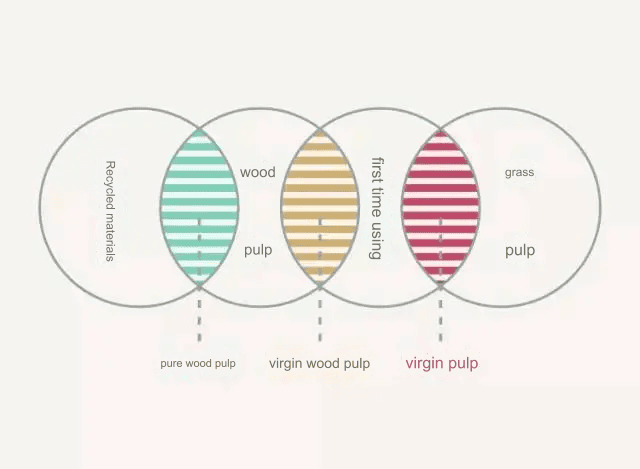
2. The Impact of Raw Materials on Toilet Paper Quality
The fibers in different raw materials vary, affecting the user experience of toilet paper. Understanding the differences among common names on product packaging and descriptions helps avoid confusion when choosing.
Fiber Quality and Characteristics
Generally, “virgin wood pulp” contains about 80% or more fibers, so toilet tissue paper made from virgin wood pulp is uniform, delicate, and contains fewer functional additives, making it healthier. The long and strong fibers of virgin wood pulp create a robust and soft paper, ideal for premium toilet paper products. The absence of recycled content ensures the highest level of hygiene and performance.
Virgin wood pulp mainly comes in two types: hardwood pulp (broadleaf pulp) and softwood pulp (coniferous pulp). Hardwood pulp fibers are shorter and softer, giving the paper a better feel but lower strength. Softwood pulp fibers are longer, enhancing the paper’s flexibility. High-quality toilet tissue typically mixes both types of wood pulp, making it both flexible and comfortable. This combination allows manufacturers to create toilet paper that balances softness and durability, catering to consumer preferences for a luxurious feel.
“Pure wood pulp” may contain more recycled materials. During the recycling process, the pulp must be de-inked and bleached multiple times to produce qualified sanitary paper. Controlling the quality of recycled materials is challenging, making it difficult to produce genuinely high-quality products. Recycled fibers often suffer from shorter lengths and reduced strength, leading to a rougher texture and decreased absorbency in the final product.
“Virgin pulp” includes various types of grass pulp, such as wheat straw pulp, bamboo pulp, and bagasse pulp. These materials have lower fiber content, around 50%. While they are more environmentally friendly, they often require additional processing to achieve the desired softness and strength for bath tissue. Grass pulp papers tend to have a firmer feel and less flexibility, making them less suitable for premium products but ideal for eco-friendly options.
Innovations in the Industry
In recent years, “unbleached paper” has become popular, almost entirely made from grass pulp. Because it isn’t bleached, it appears healthier. However, grass pulp paper feels hard and has low flexibility. To enhance its performance, many chemicals are added during the papermaking process for softening and bleaching. Long-term use can also irritate the skin. The industry is continually innovating to improve the quality of grass pulp products, including the development of new processing techniques and the use of natural additives to enhance softness and strength.
3. Unbleached “Natural Paper”
Therefore, among all raw materials, the healthiest and most comfortable is “virgin wood pulp” paper. However, no type of bathroom tissue can replace facial tissue because they have different standards. Products that meet toilet paper standards might not meet facial tissue standards. So, toilet paper should only be used for its intended purposes, such as for toilets and cleaning.
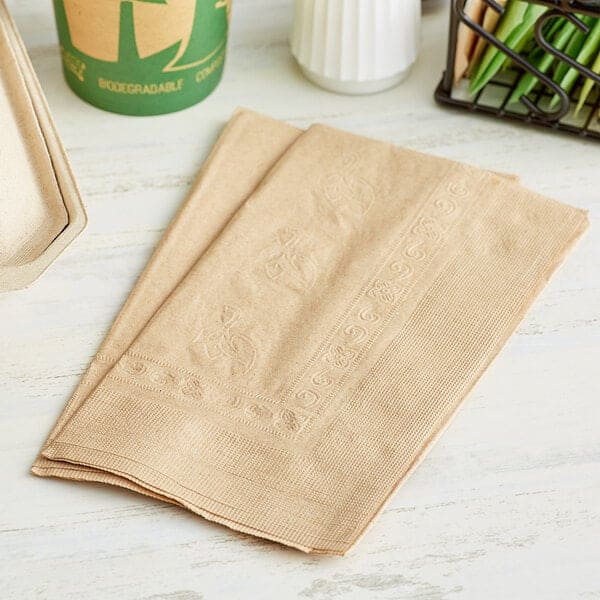
Industry Trends and Consumer Preferences
The toilet paper industry is evolving, driven by consumer demand for sustainability and quality. Brands are increasingly transparent about their raw material sources, and certifications like FSC (Forest Stewardship Council) and PEFC (Programme for the Endorsement of Forest Certification) are becoming more common. These certifications ensure that the wood pulp used in toilet paper is sourced from responsibly managed forests, promoting environmental sustainability.
Consumers are also showing a preference for eco-friendly and health-conscious products. This shift is prompting manufacturers to invest in research and development to produce high-quality, sustainable toilet paper. Innovations such as bamboo toilet paper and hybrid blends of wood and non-wood fibers are gaining popularity, offering consumers a balance of performance and environmental benefits.

Conclusion
Understanding the differences between pure wood pulp, virgin pulp, and virgin wood pulp can help consumers make informed choices. While virgin wood pulp offers the highest quality, the growing emphasis on sustainability is driving advancements in alternative fibers. By staying informed and considering both quality and environmental impact, consumers can select toilet paper that meets their needs and aligns with their values.

